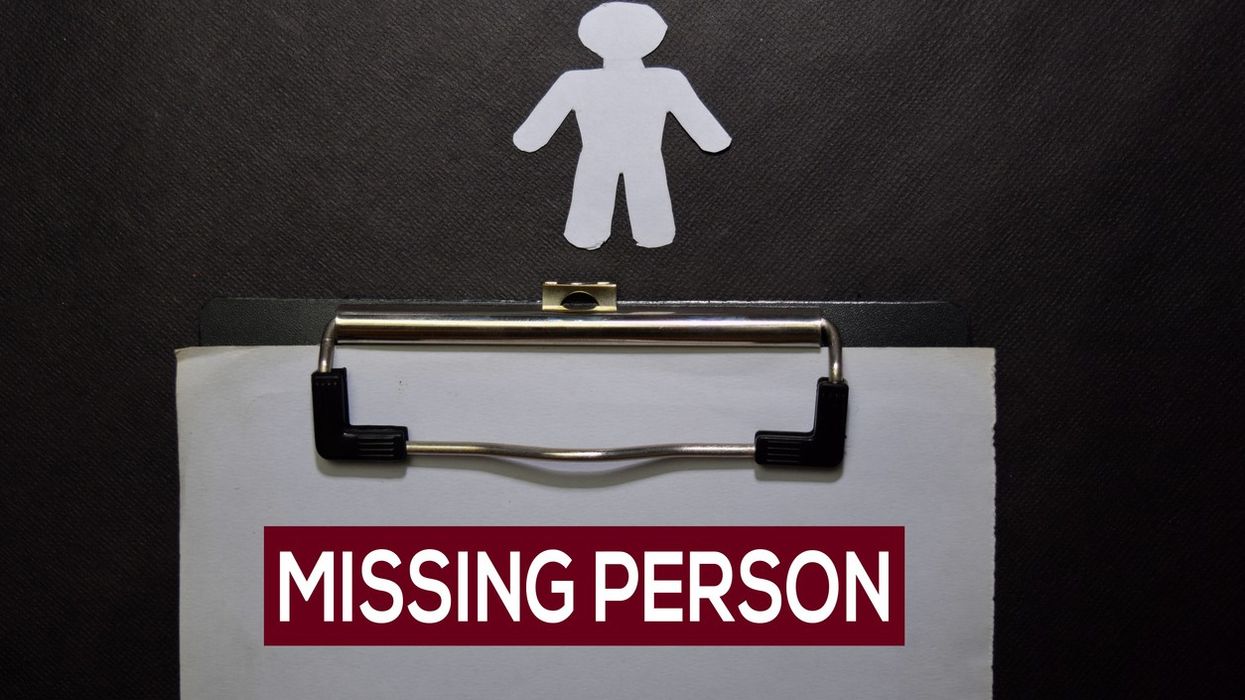THE Total Fertility Rate (TRF) or the average number of children per woman, has come down in India from 2.2 reported in 2015-16 to 2.0, the latest National Family Health Survey (NFHS) released by the Indian health ministry on Wednesday (24) said.
According to the United Nations’ population division, nations experiencing below-replacement fertility – lower than 2.1 children per woman – show that a generation is not making enough children to replace itself, eventually resulting in a reduction in the population.
The data shown in NFHS 2019-21, the fifth in the survey series, shows the fertility rate at 1.6 per cent in urban areas and 2.1 in rural areas.
The Indian Express cited Dr K S James, director at Mumbai’s International Institute for Population Sciences, which is the designated nodal agency to conduct NFHS-5, that a TFR of 2.0 is a “definite indicator” that the population of the country is stabilising in the long term.
“The number means two parents are replacing two children. In the long run, we will have a potential growth rate of zero. It is not immediate… A TFR of 2.1 is something a country wants to achieve. That way it is a very huge development because of maternal and child health improvement,” James, the study’s principal investigator told the daily.
Professor K Srinath Reddy, a top public health expert and president of Public Health Foundation of India, Gurugram, stressed on three key pointers from the TFR reducing to 2: a reduced challenge to development, the importance of investigating in public health and education with skills and the need to focus on environmental protection, the Express said.
“The country has been aiming for a TFR of 2.1. A fall to 2 means we have achieved our goal of population stabilisation. This means we will possibly still become the most populous country in the world — it was expected somewhere between 2024-2028 — but it will now be delayed. It essentially means that we need not worry about a very large population being a challenge to our development,” Reddy told the Express.
“The numbers also tell us that we have stabilised the growth of human resources. The younger population profile for the next 2-3 decades will provide an opportunity for accelerated economic growth. But continuing to have a young population for 2-3 decades, along with population stabilisation, should give us a great opportunity for accelerated development — provided we invest in public health and education with skills,” he said.
“Importantly, we can no longer say that due to population growth, there is strain on our natural resources. Now if we are stabilising the population, there is really no excuse for neglecting the environment,” he added.
The survey said that among the Indian states, five have a TFR of above 2 and they are Bihar (3), Meghalaya (2.9), Uttar Pradesh (2.4), Jharkhand (2.3) and Manipur (2.2).
Two states – Madhya Pradesh and Rajasthan – reported a TFR as the same as the national average while two – West Bengal and Maharashtra – have a TFR of 1.6.















